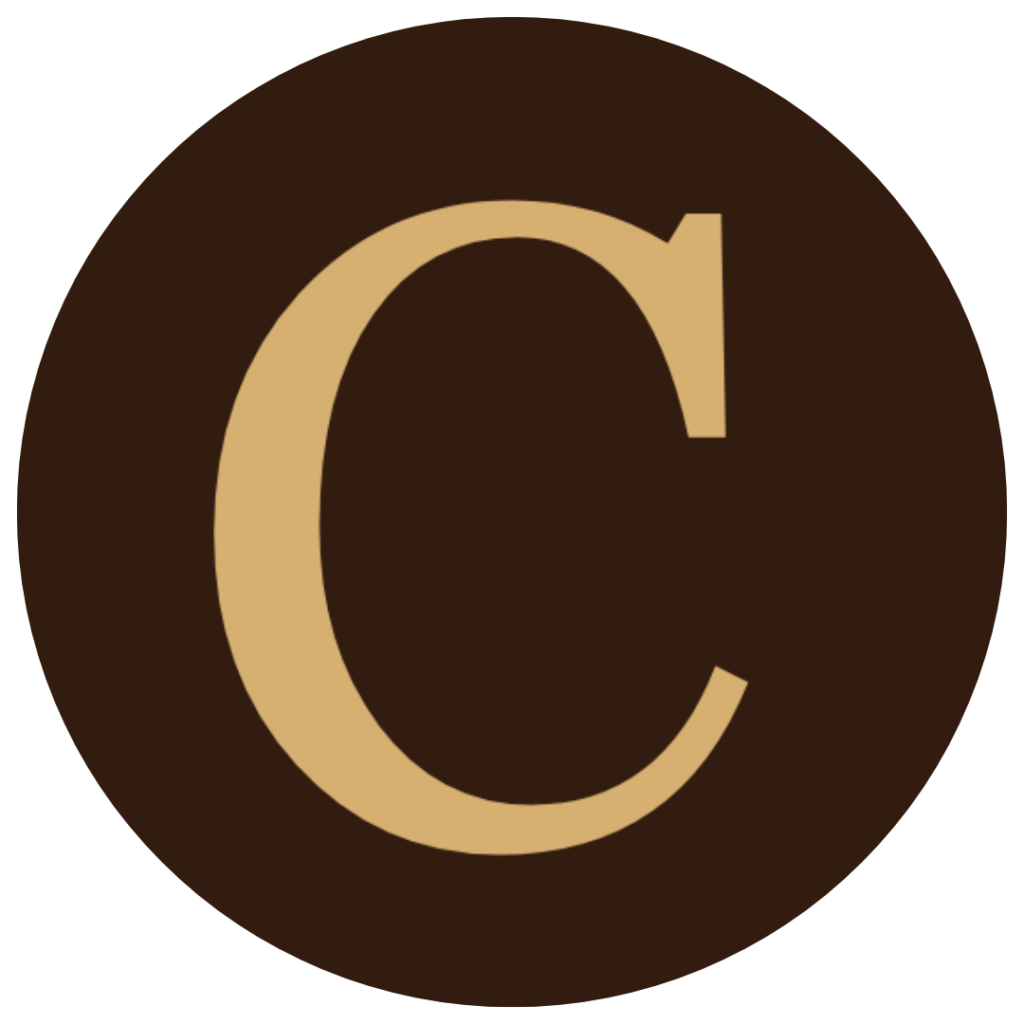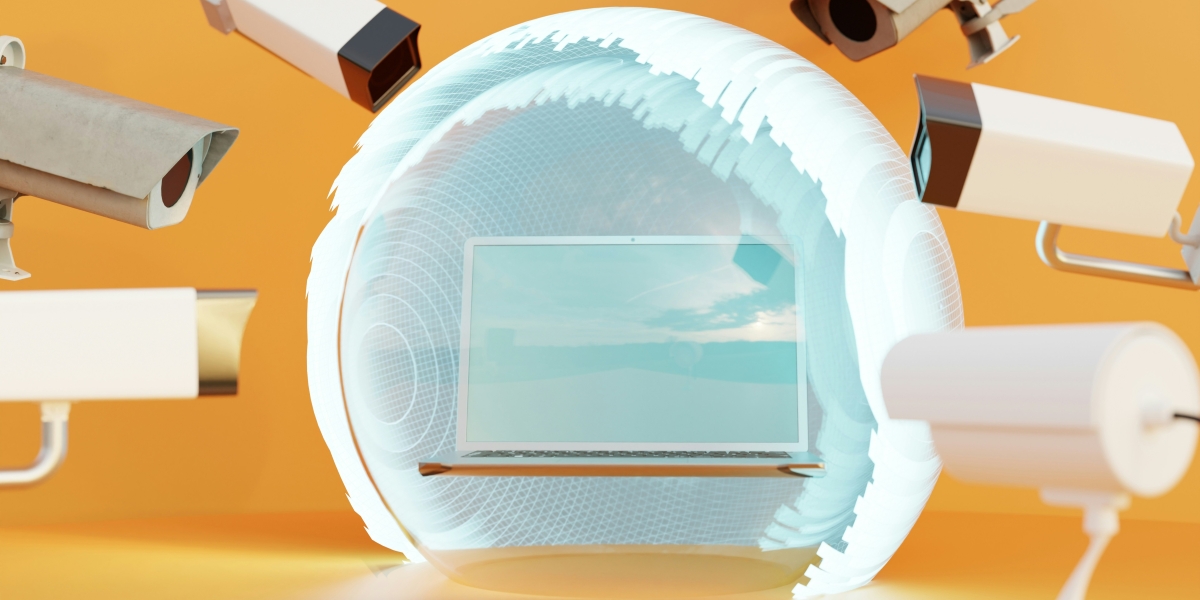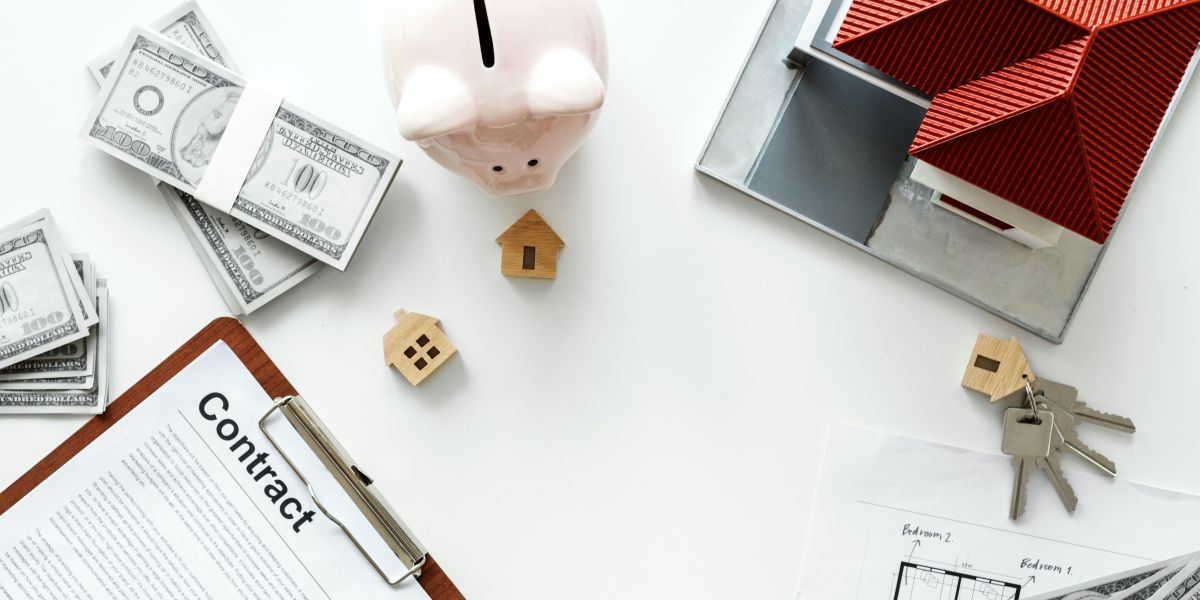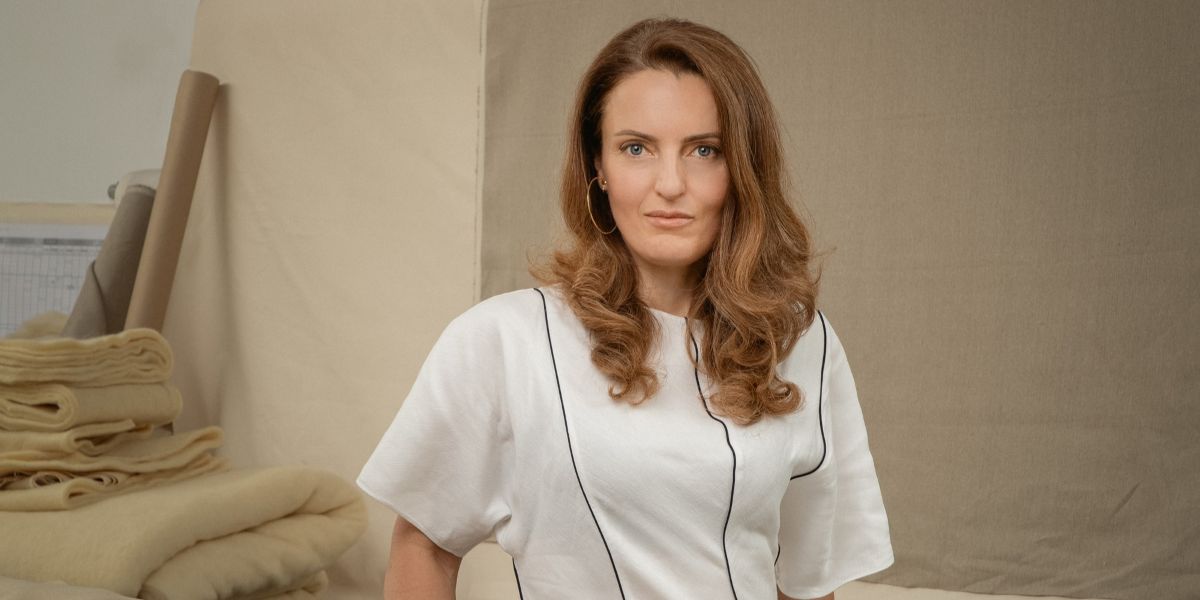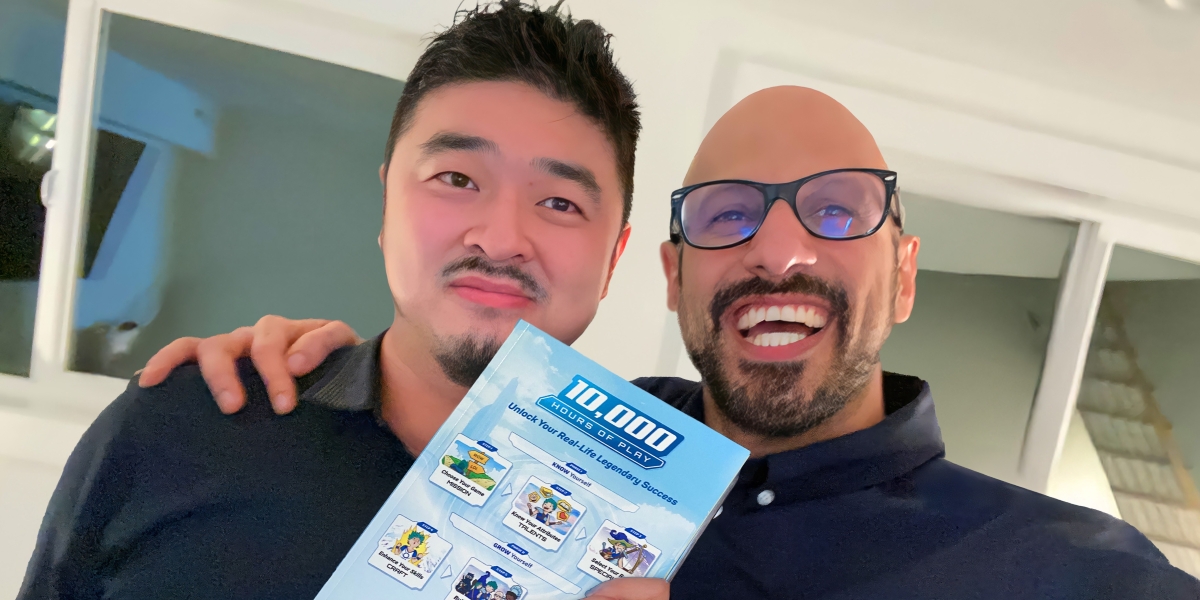The intersection of artificial intelligence (AI) and art has ignited a lively debate about the future of creativity. Is AI revolutionizing the artistic landscape, or does it threaten the livelihoods of traditional artists? As AI becomes an increasingly powerful tool for generating art, its impact on creative industries, ethics, employment, and public perception continues to grow. In this article, we delve into the multifaceted world of AI art, exploring its opportunities, challenges, and future.
AI as a Creative Tool
Enhancing Artistic Processes
AI has become a transformative tool for artists, helping streamline complex processes and expand creative possibilities. Programs such as DALL·E, Runway, and DeepDream automate tasks like generating sketches, colorizing photos, and conceptualizing designs, reducing the manual workload for artists.
By handling repetitive or time-intensive aspects of creation, AI allows artists to focus on their core ideas and expression. For instance, filmmakers and game designers often use AI to render visual effects quickly, saving time and resources. In the fine arts, AI serves as a brainstorming partner, generating novel compositions that spark human creativity.
Exploring New Aesthetics
AI offers unprecedented opportunities to explore aesthetic territories that challenge traditional norms. Artists working with AI can generate abstract, surreal, or hyperrealistic pieces, blending human vision with machine learning. AI models analyze vast datasets of artistic styles, mimicking and recombining them to create unique outputs.
For example, digital artists can use AI to emulate the brushstrokes of Van Gogh or the cubism of Picasso while adding contemporary twists. This fusion of historical art knowledge with modern technology produces works that feel simultaneously rooted in tradition and cutting-edge.
Ethical and Legal Concerns
Copyright Infringement
One of the most pressing ethical dilemmas in AI art is copyright infringement. AI models often learn by analyzing existing art, raising questions about the legality of using copyrighted works without permission. Artists whose works are used for training may not receive recognition or compensation, creating friction between creators and AI developers.
Several high-profile cases have brought this issue to light, with artists accusing AI companies of profiting from their intellectual property. Without clear guidelines, the legal landscape remains murky, and many artists feel their rights are being compromised.
Authenticity and Ownership
Determining ownership of AI-generated art is another contentious issue. If an artist collaborates with an AI to produce a piece, who owns the final work? The human creator? The software developer? Or perhaps the company behind the AI algorithm?
These questions extend beyond financial concerns to deeper philosophical debates about what constitutes authorship and creativity. In some cases, AI-generated works are attributed entirely to machines, sparking backlash from artists who argue that their input was pivotal.
Impact on Employment
Job Displacement
AI’s ability to produce high-quality art quickly and affordably raises concerns about job displacement in creative industries. Traditional artists, particularly those in commercial fields like illustration, graphic design, and advertising, face increasing competition from AI-generated solutions.
For example, companies may turn to AI tools to create marketing materials or concept art at a fraction of the cost of hiring human professionals. While this shift saves money, it risks marginalizing skilled artists who rely on these industries for their livelihoods.
New Opportunities
Conversely, the rise of AI has created opportunities for new roles and niches within the art world. Positions like AI art curators, creative technologists, and data scientists specializing in artistic applications are on the rise. These roles blend technical expertise with creative insight, offering artists a way to adapt and thrive in a technology-driven environment.
Additionally, some artists use AI to expand their creative horizons. By incorporating AI into their practices, they can offer clients innovative solutions that stand out in a competitive market.
Quality and Perception of AI Art
Artistic Value
A central question in the AI art debate is whether machine-generated works possess artistic value. Critics argue that AI lacks consciousness, emotion, and intent—qualities they see as essential to true art. While AI can replicate aesthetics and styles, it does so based on patterns and algorithms, not lived experience or creative impulse.
On the other hand, proponents of AI art argue that it represents a new form of creativity. They suggest that the collaboration between humans and machines can produce works that transcend traditional limitations, offering fresh perspectives on what art can be.
Market Reception
Despite skepticism, AI art has gained significant traction in the commercial art world. Notable examples include an AI-generated portrait, “Edmond de Belamy,” which sold at auction for $432,500. Exhibitions featuring AI-generated pieces are becoming more common, drawing attention from collectors, critics, and the general public.
The market’s interest in AI art reflects broader cultural shifts toward digital and tech-driven experiences. As society grows more accustomed to AI’s presence, the demand for such works is likely to increase.
Collaboration Between AI and Artists
Hybrid Creativity
For many artists, AI serves as a collaborator rather than a competitor. By integrating AI into their creative processes, artists can explore hybrid forms of expression that combine human intuition with machine precision. This collaboration often leads to groundbreaking works that challenge traditional boundaries.
One example is the use of generative adversarial networks (GANs), which allow artists to train AI systems to create unique pieces based on their vision. The resulting works reflect both the artist’s intent and the AI’s algorithmic interpretation, highlighting the potential for mutual innovation.
Educational Integration
Art education is beginning to incorporate AI, preparing the next generation of artists to navigate this technological landscape. Universities and institutions are offering courses that teach students how to use AI tools effectively, blending traditional techniques with cutting-edge technology.
By embracing AI, educational programs ensure that emerging artists are equipped to thrive in a world where technology and creativity intersect. This integration also helps demystify AI, fostering a sense of collaboration rather than competition.
Public and Critical Reception
Consumer Backlash
While some audiences celebrate the novelty of AI art, others remain skeptical. Many consumers perceive AI-generated works as lacking the personal touch and authenticity of human-created art. This backlash reflects broader concerns about the dehumanization of creative industries and the erosion of traditional craftsmanship.
Critical Acclaim
Despite these criticisms, AI-generated art has earned critical acclaim in some circles. By challenging conventional definitions of creativity, AI works have sparked discussions about the nature of art itself. Critics who embrace these innovations argue that they push the boundaries of artistic exploration, offering fresh insights into the creative process.
Future Prospects
Technological Advancements
As AI technology continues to evolve, its impact on the art world is likely to grow. Future advancements could lead to entirely new art forms and mediums, such as interactive installations powered by real-time AI processing. These developments promise to expand the possibilities for artistic expression.
Regulatory Developments
The ethical and legal complexities surrounding AI art may prompt the creation of new regulations. Policymakers and industry leaders are working to establish standards that protect artists’ rights while fostering innovation. Clear guidelines on issues like copyright and ownership will be essential for ensuring fairness and sustainability.
AI art stands at the intersection of innovation and tradition, offering both exciting possibilities and significant challenges. While it has the potential to revolutionize creativity, it also raises complex ethical, legal, and cultural questions that must be addressed.
For artists, AI represents a powerful tool for expanding creative boundaries, but it also demands adaptation and resilience. As society navigates this technological shift, the art community must find ways to harmonize AI’s capabilities with the irreplaceable value of human creativity.



